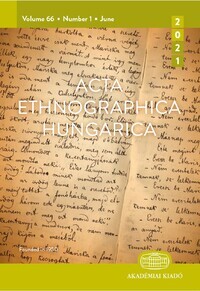Characteristics of the Transylvanian Countryside after Romania’s European Integration
Characteristics of the Transylvanian Countryside after Romania’s European Integration
Author(s): Albert Zsolt Jakab, András VajdaSubject(s): Demography and human biology, Human Ecology, Rural and urban sociology, Sociology of Culture
Published by: Akadémiai Kiadó
Keywords: globalization; locality; modernization; non-synchronism; land use; EU accession
Summary/Abstract: The village today is only partially what we used to know of in the past, our previous image rooted in a sinking world, nothing but memories. In the 21st century, even in rural communities, the daily routine, practices and strategies of economic life are determined by the processes of modernization and globalization, in conjunction with information and communication technologies along with the wide-ranging proliferation of digital devices. It can be said that life in the 21st century village also shows a simultaneous constraint of modernization (the constraint of evolution and change) and the presence of masses incapable of changing (even if their number is continuously decreasing). The coexistence and confrontation of these opposing forces and ideologies characterizes the Hungarian/Transylvanian rural space in Romania during the 21st century. All these have led to the degradation of previous community patterns, resulting in the faltering position of tradition as well as a major change in the role it plays in the life of said communities.
Journal: Acta Ethnographica Hungarica
- Issue Year: 66/2021
- Issue No: 1
- Page Range: 135-152
- Page Count: 18
- Language: English

